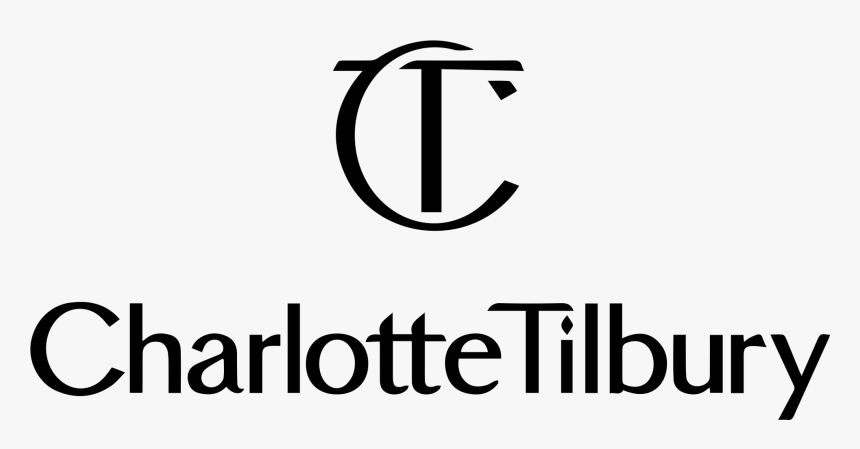
Urban decay, an intricate process that transforms bustling cityscapes into desolate landscapes, has been a subject of fascination and concern for urban planners, architects, and sociologists alike. This phenomenon, driven by a complex interplay of socio-economic factors, infrastructure development, and demographic shifts, holds the power to reshape the very essence of a city. In this article, we delve into the multifaceted dimensions of urban decay, analyzing its causes, implications, and potential remedies.
Unveiling the Roots: What Causes Urban Decay?
Urban decay is not a sudden occurrence; rather, it is a gradual deterioration of urban areas over time. Understanding the root causes is crucial to devising effective solutions. Several factors contribute to this phenomenon:
Neglect and Aging Infrastructure
A significant contributor to urban decay is the lack of attention towards aging infrastructure. As cities evolve and grow, infrastructural elements such as roads, bridges, and public spaces often struggle to keep pace with the changing demands. Neglecting maintenance and updates can lead to physical deterioration, which in turn impacts the overall aesthetic and functionality of the urban environment.
Economic Decline and Disinvestment
Economic downturns can cast a long shadow on urban areas. When industries falter, businesses shutter, and jobs disappear, the resulting disinvestment can trigger a chain reaction of decay. Vacant storefronts, abandoned factories, and deteriorating residential areas become all too common, contributing to the downward spiral of the urban landscape.
Changing Demographics and Population Shifts
Cities are dynamic entities, shaped by the ebb and flow of their inhabitants. Demographic changes, such as suburbanization or shifts in population density, can lead to neglected neighborhoods. As people move to newer areas, older neighborhoods may lose their vibrancy, causing a decline in services, infrastructure, and community engagement.
Crime and Safety Concerns
Crime and safety concerns can exacerbate urban decay. High crime rates discourage investment, both from residents and businesses, creating a cycle of disinvestment and decline. Abandoned buildings and public spaces can become hotspots for criminal activities, further eroding the quality of life for the remaining inhabitants.
The Ripple Effects: Implications of Urban Decay
Urban decay transcends mere aesthetics; its consequences permeate all aspects of urban life, affecting the economy, social fabric, and overall well-being of residents.
Economic Consequences
The economic repercussions of urban decay are far-reaching. As property values plummet, tax revenues decrease, limiting the funds available for vital public services like education, healthcare, and infrastructure maintenance. Additionally, businesses are less likely to invest in areas plagued by decay, stifling job opportunities and economic growth.
Social Isolation and Disintegration
In areas afflicted by urban decay, social bonds often weaken. Residents may feel disconnected from their community due to a lack of shared spaces, recreational facilities, and local events. This isolation can lead to a breakdown in social cohesion, eroding the sense of belonging and mutual support that a thriving community provides.
Health and Environmental Hazards
Decaying urban environments can pose health risks to residents. Dilapidated buildings may contain hazardous materials such as lead-based paint or asbestos, endangering the well-being of those living nearby. Moreover, neglected green spaces can give rise to unsanitary conditions, contributing to the spread of diseases.
Paving the Way for Renewal: Strategies to Combat Urban Decay
Addressing urban decay requires a comprehensive approach that involves collaboration between government agencies, community organizations, and private stakeholders. Here are some strategies to consider:
Infrastructure Rehabilitation
Investing in the repair and modernization of infrastructure can breathe new life into decaying urban areas. Repairing roads, bridges, and public facilities not only improves functionality but also enhances the visual appeal of the neighborhood.
Affordable Housing Initiatives
To combat the negative effects of population shifts and suburbanization, affordable housing initiatives can be instrumental. Creating affordable housing options in decaying neighborhoods can attract new residents, inject diversity, and reinvigorate the community.
Crime Prevention and Community Policing
Tackling crime is pivotal in reversing urban decay. Implementing community policing strategies and enhancing public safety measures can create a sense of security, encouraging residents and businesses to return to the area.
Arts and Culture Revival
Cultural revitalization can breathe fresh energy into decaying urban spaces. Transforming abandoned buildings into galleries, studios, or performance spaces can attract artists and creative entrepreneurs, fostering a vibrant artistic community.
Embracing the Future: A Vision for Renewed Urban Landscapes
As cities continue to evolve, the battle against urban decay remains ongoing. By understanding its causes, acknowledging its implications, and implementing thoughtful strategies, communities can work together to reshape the destiny of their urban environments. The path to renewal lies in fostering collaboration, embracing innovation, and nurturing a shared commitment to creating cities that thrive even in the face of change.



